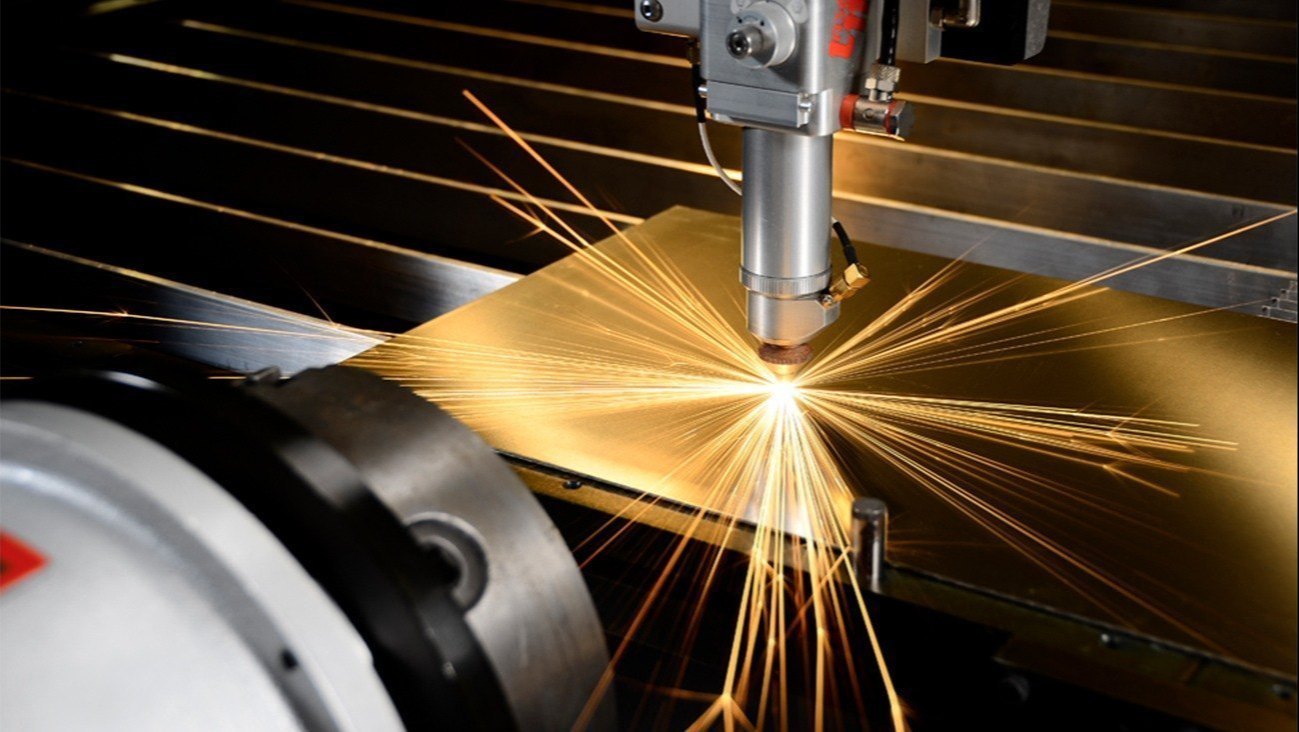
Introduction: Understanding the EDM Cutting Process
The EDM cutting process, also known as Electrical Discharge Machining, is a vital technique used in the field of industrial manufacturing. This sophisticated technology allows for the precise cutting of complex shapes and intricate holes in hard materials. Given its importance, understanding the fundamental principles behind EDM can offer substantial advantages, especially when precision is paramount.
Electrical Discharge Machining harnesses electrical discharges to cut materials without generating mechanical stress, ensuring cleaner and more precise cuts compared to other methods. It’s a staple in industries where accuracy and consistency are non-negotiable. To explore this topic, well delve into the specifics of how it works, its applications, and its advantages over traditional cutting methods.
How Does the EDM Cutting Process Work?
The process is inherently intricate. But put simply, EDM operates by directing electric sparks to erode metal. Here’s how:
The Role of Electrodes
Within the EDM cutting process, electrodes are crucial. The tool electrode and the workpiece both get submerged in a dielectric fluid, which acts as a conductor and coolant. When voltage is applied, a spark occurs, vaporizing a small part of the work base and enabling precise cuts.
Dielectric Fluid
The dielectric fluid plays a dual role; it controls electrical conductivity between the electrode and the workpiece and carries away eroded materials. Commonly used fluids include deionized water and various synthetic oils.
Types of EDM: Wire and Die-Sinking
There are mainly two types of EDM processes:
Wire EDM
Wire EDM utilizes a thin, electrically charged wire to cut objects. This is beneficial for manufacturing parts that require extreme precision.
Die-Sinking EDM
Die-Sinking EDM uses a specifically shaped electrode that is a replica of the desired final shape to imprint cavities into metal pieces. It’s ideal for intricate mold designs and complex shapes.
Applications of the EDM Cutting Process
What makes EDM particularly popular? Its versatility allows for a wide range of applications:
Mold Manufacturing
EDM is extensively used in the creation of different mold designs, including those used for injection molding and die-casting. The precision offered here ensures fewer errors.
Aerospace and Automotive Industry
In these sectors, parts often require complex geometries and high precision. EDM delivers unparalleled quality and intricate machining tolerance.
Medical Components
Medical instruments such as surgical tools are crafted using EDM due to the high demands for precision and accuracy.
Advantages of EDM Over Traditional Cutting Methods
Understanding why industries prefer EDM can help to comprehend its widespread application:
Precision
EDM offers unparalleled precision, crucial for sectors where accuracy determines the outcome.
No Direct Contact
As there’s no direct contact between the tool and the workpiece, there’s no physical stress or distortion involved.
Ability to Cut Hard Materials
Unlike traditional methods, EDM can easily handle hard materials like carbide or titanium, often essential in high-tech industries.
Challenges and Considerations in EDM
Like any process, EDM comes with its own set of challenges:
Slow Process
The process might be slower compared to traditional cutting. However, the precision and accuracy provided often justify the time investment.
Conductive Materials Only
The EDM cutting process is limited to electrically conductive materials.
Future of EDM Cutting Process
With technological advancements, the future of EDM seems promising. Breakthroughs in better dielectric liquids, improved electrode efficiency, and faster processing speeds seem likely to make EDM a front-runner in manufacturing strategies.
Frequently Asked Questions on EDM
What materials can be cut using EDM?
Typically, electrically conductive metals can be machined via EDM. This includes steel, titanium, and various conductive alloys.
How does EDM compare to laser cutting?
Although both are used for precision cutting, EDM provides better surface finish and avoids any thermal-related metal deformation.
Why choose EDM over traditional machining methods?
For cutting complex shapes and hard materials with utmost precision, EDM is incredibly reliable.
For more information on the EDM cutting process, visit precision metal cutting techniques.

Conclusion
The EDM cutting process has revolutionized industrial manufacturing, offering unique advantages such as precision, enhanced capabilities for complex geometries, and applicability to difficult materials. As industries continue to evolve, EDM’s role becomes even more pivotal, promising further growth and innovation in precision metal cutting processes. For comprehensive insights into types of precision methods, check this link on cutting methods.
This article contains affiliate links. We may earn a commission at no extra cost to you.

